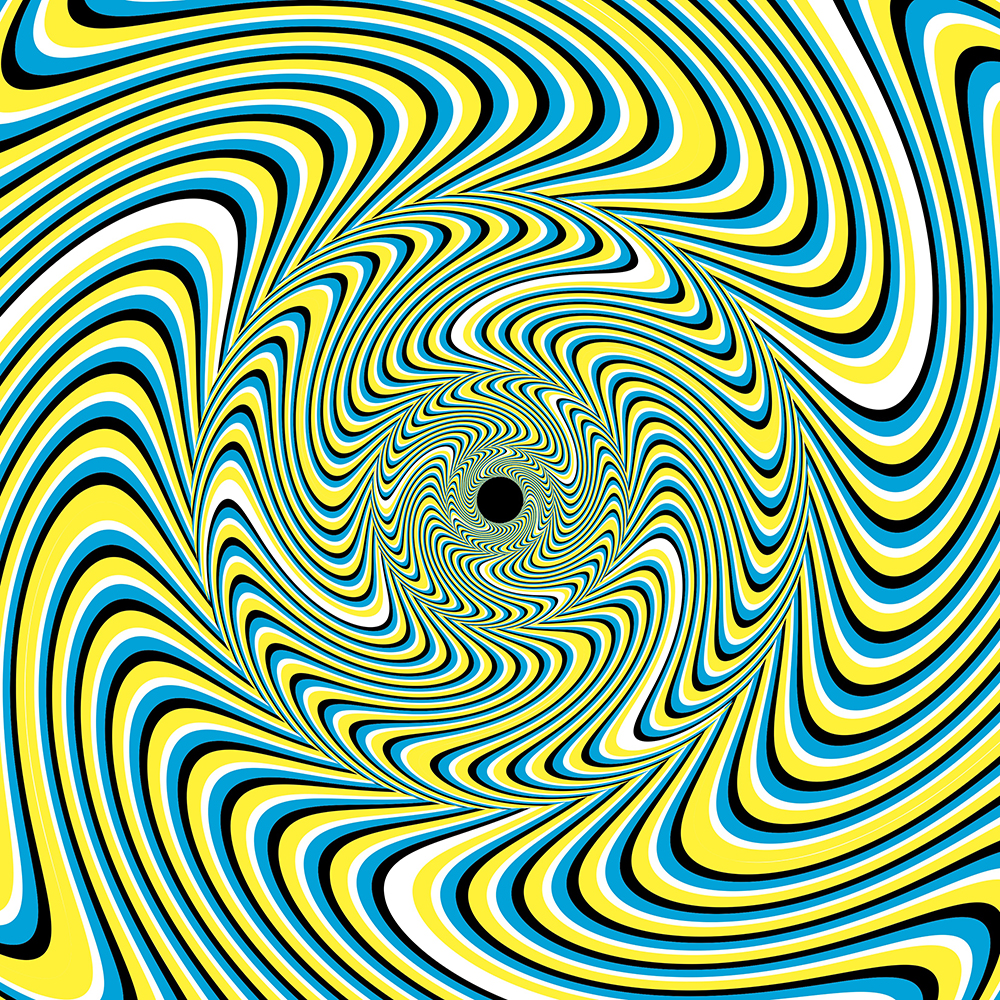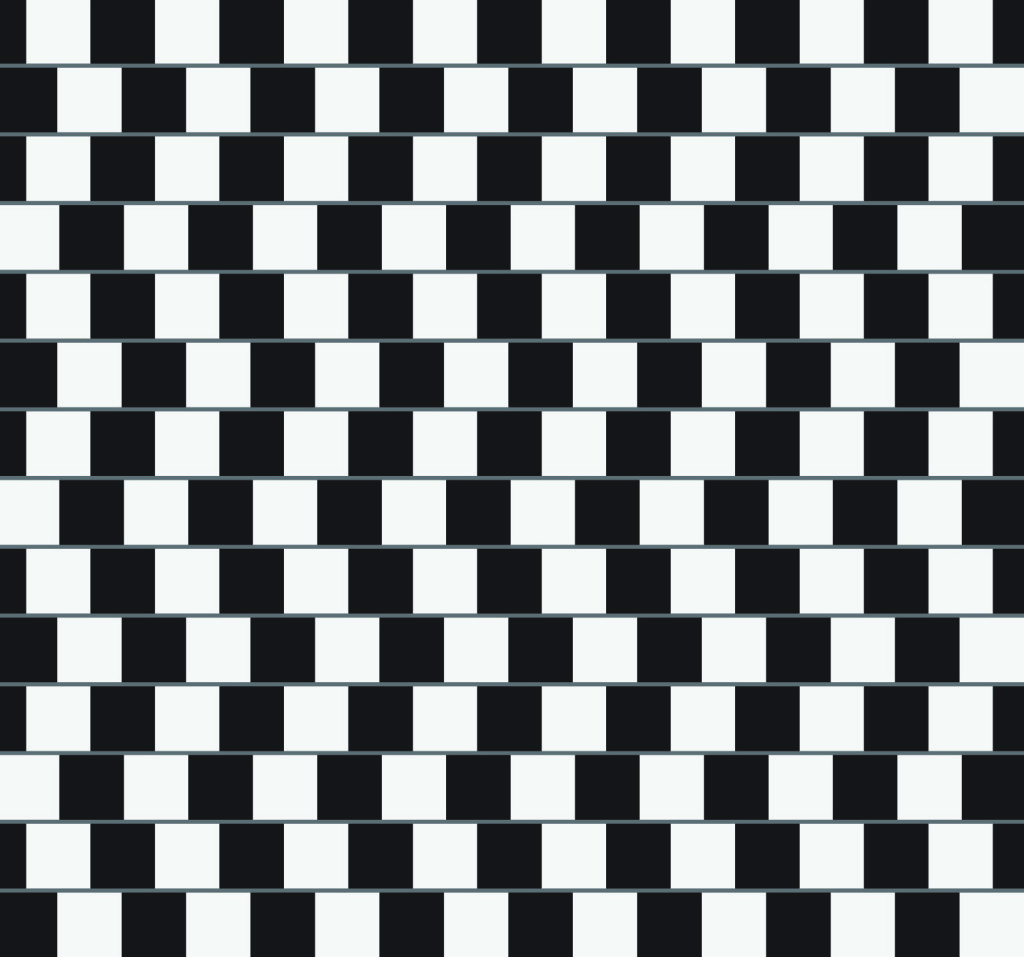Have you ever seen a shape, which is moving when you look but it is stable in reality? Most probably you are familiar with that kind of pictures from the Internet because people use these pictures for making fun of people or amaze them. Though you do not know the reason behind that illusion, you still love it. Thus, let’s consider the purpose of these pictures and the reality behind them.
Basically an optical illusion represents that how brain and eye work together. If we think the complexity of the way images of transmitted from eye to brain, optical illusion happens most of time. In that way, we can understand our visual perception and its limitations. For example, even we know the cause of the illusion or there is an illusion, it is still hard to overcome.
There are three types of illusions and first one is a literal optical illusion. This creates images, which are different from the objects that make them. Second type of illusion is physiological illusions and they have an effect on both eye and brain because of excessive stimulation. This stimulus should be specific such as brightness or color. The last one is cognitive illusion and it creates interferences that eye and brain make unconsciously. For example, ambiguous pictures or shapes elicit a perceptual switch between the alternative explanations. Because of our brain automatically make decisions in that situation, cognitive illusion sometimes called “mind games”.
Though we split the illusion types to three parts, we can assume that optical illusion is a part of cognitive illusion. For example, you can interpret an ambiguous picture more than one way and Rubin’s Vase is an explicit instance of it. You will see both a vase and two faces who are looking each other.
In short, optical illusion is seeing something different from objective reality. When we look at the scientific explanations, professors believe that optical illusion is quite normal because our brains are good at seeing patterns. Thus, we quickly make a whole image from small pieces. Therefore, some clever artists use these brain tendencies and make something not exist as a real object.















